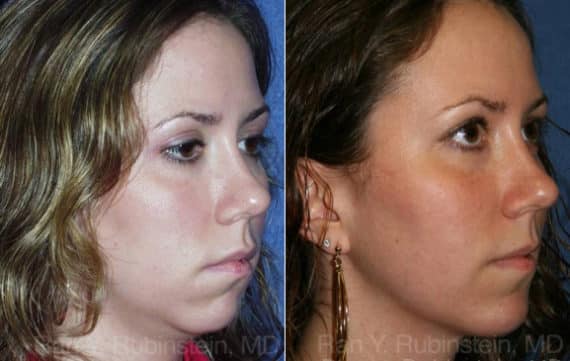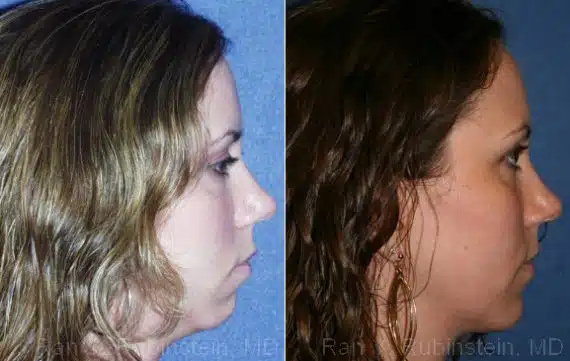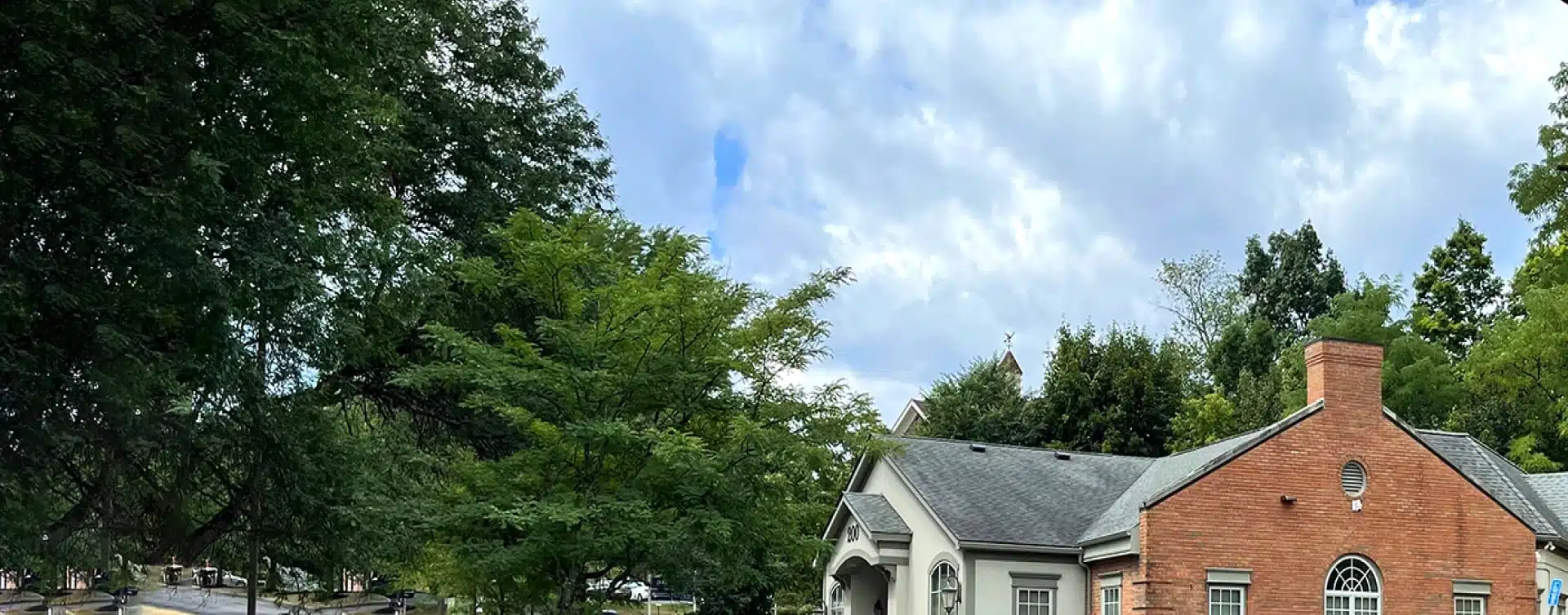Have you ever caught yourself wishing for a more defined jawline? Chin liposuction offers a quick, effective way to reduce stubborn fat under the chin—but what happens after the procedure? Swelling is one of the most common and expected parts of the healing process, and understanding it can make your recovery much smoother.
Whether you’re planning your procedure or you’re in the middle of recovery, knowing what to expect each day can be incredibly reassuring. In this guide, we’ll break down everything from day-by-day recovery milestones to helpful healing tips so you can feel confident every step of the way.

How Long Does Double Chin Lipo Recovery Take?
Most patients begin to see noticeable changes in their profile within a month of chin liposuction, but it typically takes about three to six months for all swelling to fully subside and for the final results to show. While early improvements may be visible within weeks, the full transformation is a gradual process. It’s important to be patient and give your body time to heal and settle into its new contours. In the sections below, we’ll explore the chin liposuction recovery time more closely, offer practical tips for a smooth healing experience, and answer some of the most common questions patients have after chin lipo.
Double Chin Liposuction Recovery Day by Day
Recovering from chin liposuction is a process, and knowing what to expect at each stage of the chin lipo recovery timeline can help you feel more in control and at ease. While every patient’s healing timeline is unique, most people follow a fairly consistent pattern. Below, we break down what typically happens day by day and week by week, so you’ll know exactly where you are in the journey—and what’s coming next.
The First 24 Hours: The initial healing
The first chin lipo recovery day is all about rest and stabilization. You’ll likely leave the surgical center with a compression garment in place to reduce swelling and help the skin adhere to your new contours. Mild bruising and numbness are normal at this stage of the recovery period, and it’s best to keep your head elevated, even while sleeping, to help minimize fluid buildup. Avoid any strenuous activity and follow your surgeon’s instructions carefully to set the tone for a smooth recovery.
The initial healing
Days 1-2: Swelling and discomfort
During the first couple of days post-surgery, it’s normal to experience moderate swelling, tightness, and some discomfort around the treated area. This is when the inflammation usually peaks. Your compression garment should be worn as directed to control swelling and support healing. Over-the-counter pain medications, if approved by your surgeon, can help manage any soreness. Stick to soft foods and continue resting with your head elevated to keep swelling under control.
Swelling and discomfort
Days 3-7: Getting back to work
By the middle of the first week, many patients start to feel more like themselves. Swelling may still be present but will begin to go down noticeably. Bruising can linger but is often easier to conceal with makeup if needed. At this stage, most people feel comfortable returning to non-physical work or light activities. Continue wearing your compression garment as instructed and avoid bending or lifting anything heavy to prevent disrupting the healing process.
Getting back to work
Weeks 2-3: Lymphatic drainage massages
As swelling continues to decrease, some patients may be advised to begin gentle lymphatic drainage massages. These massages can help reduce lingering puffiness and promote circulation, which supports faster healing. Always consult with your surgeon before starting any massage techniques to ensure they’re appropriate for your stage of recovery. You may also start to notice early contour changes in your jawline around this time, but keep in mind the final results are still developing.
Lymphatic drainage massages
Months 1-3: Residual swelling subsides
By the end of the first month, most of the visible swelling will have resolved, but subtle puffiness can persist for several more weeks. During this phase, your results will continue to refine as your skin tightens and adjusts to your new contours. It’s important to remain consistent with any aftercare instructions, including wearing your compression garment as recommended. Light exercise may be reintroduced, but always consult with your surgeon before resuming any intense activity.
Residual swelling subsides
After Month 3: Your Ideal Jawline
After the three-month mark, most residual swelling has resolved, and the full results of your chin liposuction should be visible. Your jawline will appear more sculpted and refined, giving you a rejuvenated, youthful profile. While everyone heals at a slightly different pace, this is typically when patients feel confident showing off their results. Long-term maintenance includes staying at a stable weight and following any skincare or lifestyle recommendations from your surgeon to preserve your outcome.
The final results and full recovery
Start Your Journey to Success, Don’t Wait More!
Join our satisfied clients who’ve experienced safe, effective treatments.
Tips for a Smooth Chin Lipo Recovery Process
While your surgeon plays a crucial role in your chin liposuction outcome, what you do at home matters just as much. A mindful, proactive recovery routine can reduce swelling faster, minimize discomfort, and enhance your final results. Below are essential tips to help you heal efficiently and make the most of your investment in a sculpted jawline.
Wear your compression garment
Wearing your compression garment as directed is one of the most important steps you can take after chin liposuction. This garment helps minimize swelling, supports skin retraction, and maintains your new contour as you heal. Consistency is key—follow your surgeon’s timeline closely and avoid removing it too early, even if you start feeling better.
Avoid heavy lifting or exercise
Strenuous activities like heavy lifting, cardio, or intense workouts can increase blood pressure and prolong swelling during recovery. For the first few weeks, it’s important to avoid anything that could strain your neck or disrupt the healing tissue. Light walking is usually fine and even encouraged, but always check with your surgeon before resuming your fitness routine.
Stay hydrated and eat healthy
Keeping your body well-nourished and hydrated during recovery helps accelerate healing and reduces inflammation. Drinking plenty of water supports circulation and flushes out toxins, while a balanced diet rich in vitamins, protein, and antioxidants gives your body the nutrients it needs to rebuild tissue and fight off infection. Avoid salty foods that can contribute to swelling.
Get enough rest during recovery
Your body does its best healing while you sleep. During the recovery phase, make rest a priority by getting at least 7–9 hours of quality sleep each night. Resting with your head elevated can also help reduce swelling and fluid retention around your neck and jawline. Listen to your body and don’t rush the healing process—rest is just as important as any medication or treatment.
Protect your skin from the sun
Sun exposure can increase the risk of pigmentation changes and slow the healing process, especially when your skin is tender and healing after surgery. Always apply a broad-spectrum sunscreen with at least SPF 30 when going outside, and consider wearing a wide-brimmed hat for added protection. Avoid tanning beds and prolonged sun exposure entirely during the early recovery phase.
Avoid alcohol and nicotine
Alcohol and nicotine can significantly slow the healing process and increase the risk of complications. Nicotine restricts blood flow, making it harder for your body to deliver oxygen and nutrients to healing tissues, while alcohol can interfere with medications and promote inflammation. For the best results, it’s strongly recommended to avoid both substances for at least a few weeks before and after surgery.
Follow all your post-operative care instructions
Every recovery is different, and your surgeon’s instructions are tailored specifically to your needs and the details of your chin liposuction procedure. From how long to wear your compression garment to when you can resume certain activities, following these guidelines closely can prevent complications and help you achieve the best possible results. When in doubt, don’t hesitate to reach out to your provider for clarification or reassurance.
Real Chin Lipo Results
* All patients are unique and individual results may vary.
Schedule a Neck Lift Consultation Today
Chin liposuction is a delicate procedure that requires an expert understanding of facial anatomy. Choosing an experienced surgeon ensures not only a safer recovery but also more precise, natural-looking results. A skilled specialist will guide you through the recovery process, monitor your healing, and provide the best recommendations to maintain your new look.
Dr. Ran Y. Rubinstein is a double-board-certified facial plastic surgeon with over two decades of experience performing facial procedures, including chin liposuction. His advanced training and exclusive focus on facial aesthetics make him uniquely qualified to deliver subtle, transformative results. Ready to redefine your jawline? Call us today at (845) 863-1772 to schedule your consultation.


